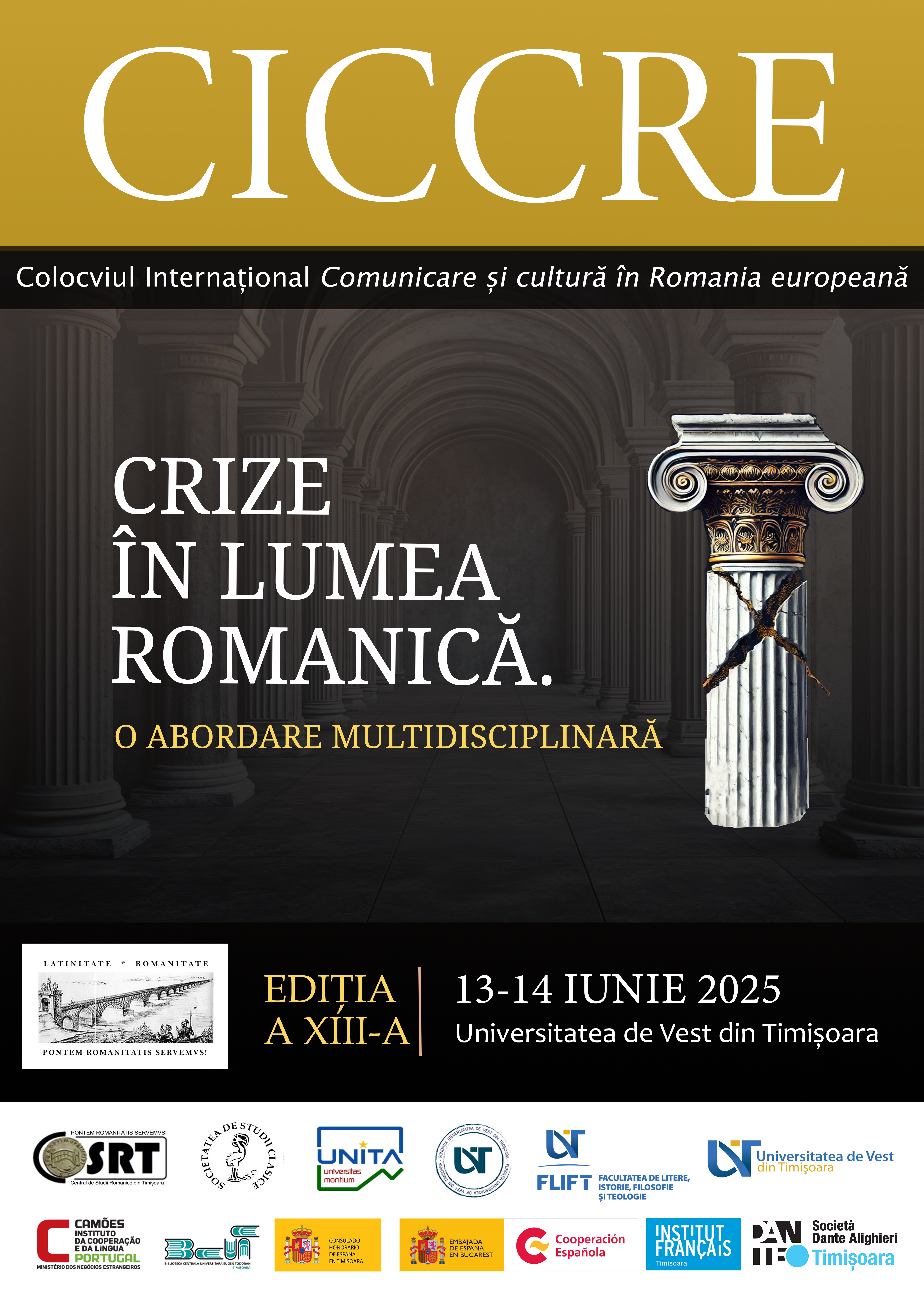Universitatea „Alexandru Ioan Cuza” din Iași
Frumosul fără chip. Portretul împăratului în literatura/istoriografia antică târzie
Rezumat: După o scurtă introducere privitoare la orientările tematice și metodologice actuale din cercetarea biografiei, în special a celei imperiale, în literatura/istoriografia antică, conferința abordează mutațiile suferite de acest gen literar în antichitatea târzie, accentuând asupra diminuării treptate, până la dispariție, a „rubricii” dedicate aspectelor fizice ale suveranului. Fie că este vorba de biografia propriu-zisă, fie de oricare altă formă literară (istoriografie, panegiric, poem politic, poezie nupțială, epistolă, elogiu epigrafic, discurs funebru ș.a.), elementele individualizatoare ale corpului împăratului sunt estompate sau lipsesc cu desăvârșire, suveranul devenind o existență cvasi-aniconică. Ca și în domeniul moral, unde tendința autorilor este de accentua asupra unei valori, a unei idei încarnate de princeps, în cel al reprezentării fizice, suveranul se identifică cu frumusețea însăși. Fenomenul se află în strânsă conexiune cu orientările filosofico-religioase specifice epocii, care au accentuat ideea asimilării cu divinitatea în dimensiunea sa puternic aniconică și au radicalizat distincția dintre corp și suflet în favoarea celui din urmă (metafizica neoplatoniciană, religiozitatea henoteistă de natură solară, creștinismul), cu emergența unor noi forme de expresie vizuală (dispariția reprezentărilor theomorfe ale suveranilor, monumentalitatea și rigiditatea hieratică a imaginilor împăratului ca expresii ale dimensiunii transcendentale a acestuia, centralitatea ochilor în portretul imperial etc.), dar și cu schimbările din ideologia imperială (monarhul ca eikon a omologului său celest, luminozitatea ca atribut al caracterului sacru al monarhiei, inaccesibilitatea suveranului etc.). În tot acest context, pulchritudo devine un instrument ideologic, asupra căruia va insista comunicarea, făcându-se, în mod firesc, referiri constante la contribuțiile anterioare: forma ca criteriu al legitimității; sursele lui pulchritudo regia; expresivitatea lui vultus imperial; fulgor oculorum; imaterialitatea corpului imperial și solaritatea radiantă a acestuia.
Cuvinte-cheie: Antichitatea târzie, biografie, pulchritudo regia, vultus, ideologie imperială
The portrait of the emperor in late antique literature/historiography
Abstract: After a brief introduction regarding the current thematic and methodological orientations in the research of biography, especially the imperial one, in ancient literature/historiography, the conference addresses the mutations suffered by this literary genre in late antiquity, emphasizing the gradual diminution, until the disappearance, of the section dedicated to the sovereign’s physical aspects. Whether it is the actual biography or any other literary form (historiography, panegyric, political poem, wedding poem, epistle, epigraphic eulogy, funeral speech, etc.), the individualizing elements of the emperor’s body are blurred or missing, the sovereign becoming a quasi-aniconic existence. As in the moral domain, where the tendency of the authors is to emphasize a value, an idea incarnated by the princeps, in that of physical representation, the sovereign identifies with beauty itself. The phenomenon is closely connected with the philosophical-religious orientations specific to the era, which emphasized the idea ofassimilation with divinity in its strongly aniconic dimension and radicalized the distinction between body and soul in favor of the latter (Neoplatonic metaphysics, henotheistic religiosity of a solar nature, Christianity), with the emergence of new forms of visual expression (the disappearance of theomorphic representations of sovereigns, the monumentality and hieratic rigidity of the emperor’s images as expressions of his transcendental dimension, the centrality of the eyes in the imperial portrait, etc.), but also with the changes in imperial ideology (the monarch as the eikon of its celestial counterpart, brightness as an attribute of the sacred character of the monarchy, the inaccessibility of the sovereign, etc.). In all this context, pulchrituto becomes an ideological tool, on which confenrence will insist, making, of course, constant references to previous contributions: forma as a criterion of legitimacy; the sources of pulchritudo regia; the expressiveness of imperial vultus; fulgor oculorum; the immateriality of the imperial body and its radiant solarity.
Keywords: Late Antiquity, biography, pulchritudo regia, vultus, imperial ideology

